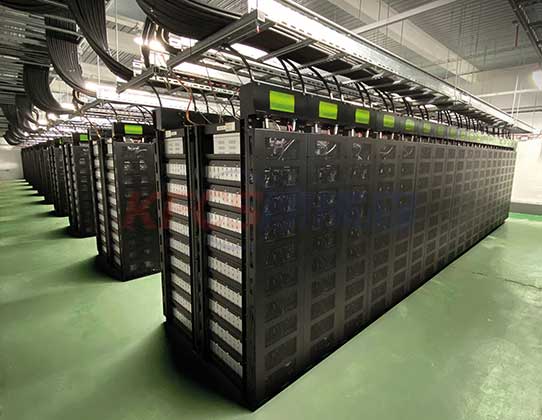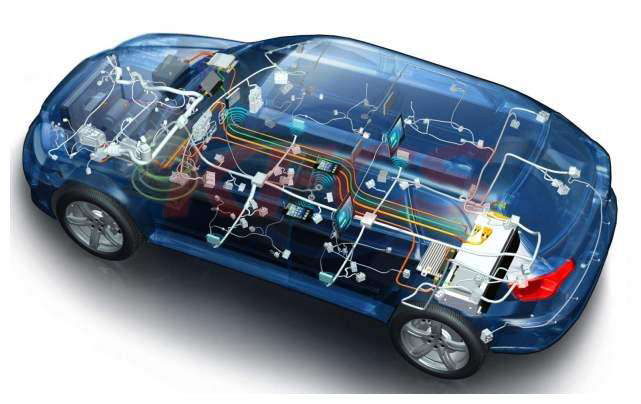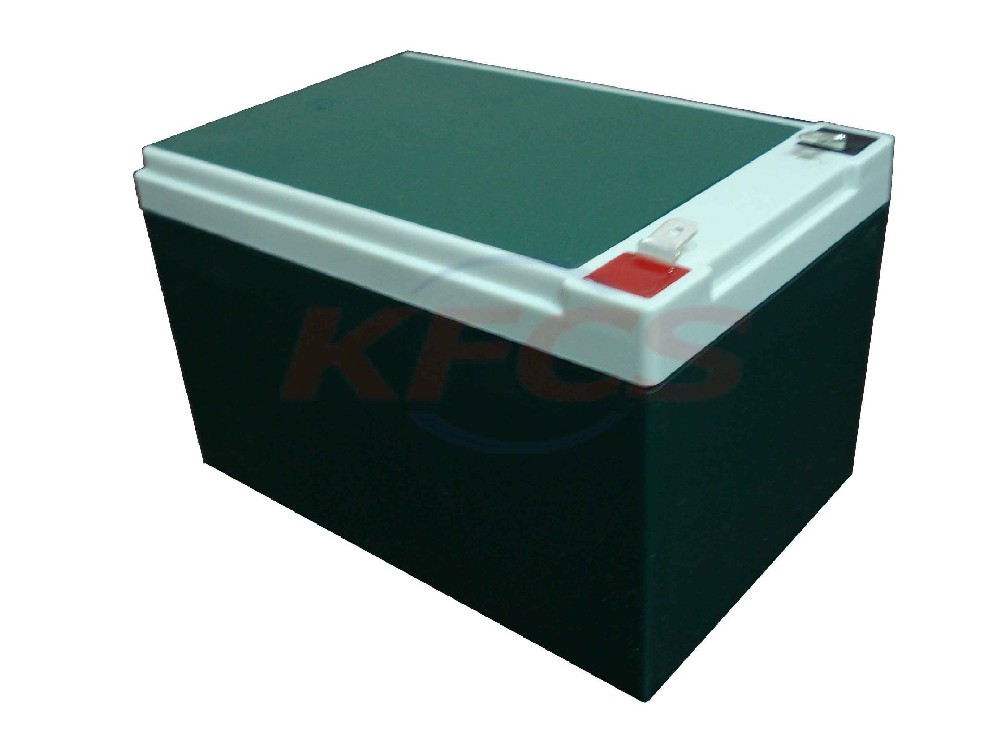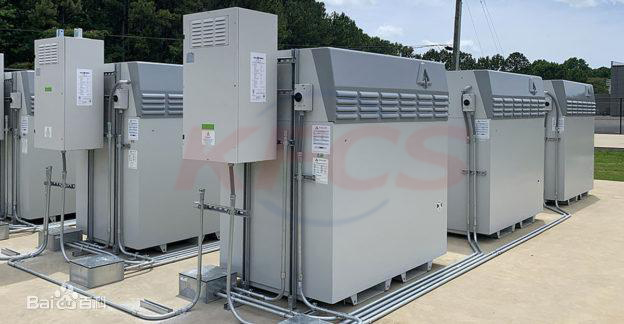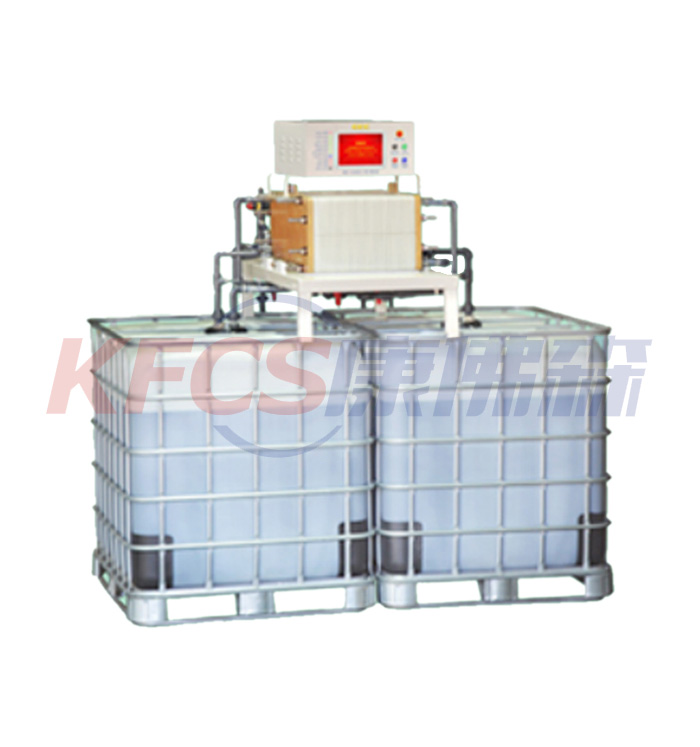Recovery and treatment method of waste battery
2021-12-03
Recovery and treatment of failed anode alloy powder
Peel off the shell of the failed MH / Ni battery, sort out the negative electrode sheet from the battery core, obtain the failed negative electrode powder by ultrasonic vibration and other physical methods, and then obtain the treated negative electrode powder by chemical treatment. Press the negative electrode powder and melt it repeatedly in a non consumable vacuum arc furnace for 3 ~ 4 times. After removing the oxide layer on the surface of the smelting ingot, crushing it and mixing it evenly, measure the percentage content of the mixed rare earth, nickel, cobalt, manganese and aluminum by ICP method. According to the different loss of hydrogen storage alloy elements, supplement other necessary elements based on the content of nickel, and then smelting, so as to finally obtain the recovered alloy with excellent performance.
Recovery of failed negative alloy for MH / Ni battery
The failed negative electrode powder is chemically treated, and the treatment solution is used to etch the alloy surface to destroy the oxide on the alloy surface, but the etching effect of other non oxidized elements and conductive agents in the alloy is minimized. The failed alloy powder was treated with 0.5mol · L-1 acetic acid solution at room temperature for 0.5h, washed with distilled water and dried under vacuum. The results show that the main structure of AB5 hydrogen storage alloy remains unchanged and still belongs to CaCu5 hexagonal structure, but the heterophases of Al (OH) 3 and La (OH) 3 in the negative electrode powder basically disappear, indicating that the oxides on the surface are almost completely dissolved after chemical treatment. The charge discharge performance of the chemically treated failed negative electrode powder is compared with the original alloy powder for making batteries and the untreated failed alloy powder. The discharge specific capacity of the chemically treated failed negative electrode powder is 23 MAH · g-1 higher than that of the untreated failed negative electrode powder. It is said that after the chemical treatment, most of the surface oxides are removed, The effective composition of hydrogen storage alloy in failed negative electrode powder is increased. XPS test results show that the concentration of nickel atoms on the surface of negative electrode powder increases from 6.79% before chemical treatment to 9.30%, which indicates that after chemical treatment, a nickel rich layer with high electrocatalytic activity is formed on the surface of the alloy, which not only improves the electrocatalytic activity of hydrogen storage electrode, but also provides a diffusion path of hydrogen atoms, so as to improve the discharge performance of the electrode. However, compared with the original alloy powder used to make batteries, the specific discharge capacity of the chemically treated invalid negative electrode powder is still 90 MAH · g-1 lower. On the one hand, it may be that the oxidation of the alloy is not only limited to the surface, but also deep into the interior of the alloy. The chemical treatment is only to remove the oxide on the surface, and the deep oxidation inside the particles has not been completely removed; On the other hand, the pulverization of the alloy may increase the specific surface area, and make the reaction between the alloy and O2 and the corrosion of electrolyte easier. The combined action of the two reasons leads to the decline of the discharge performance of the alloy. Therefore, only chemical treatment can not restore the function of the failed negative electrode, and smelting treatment is needed.
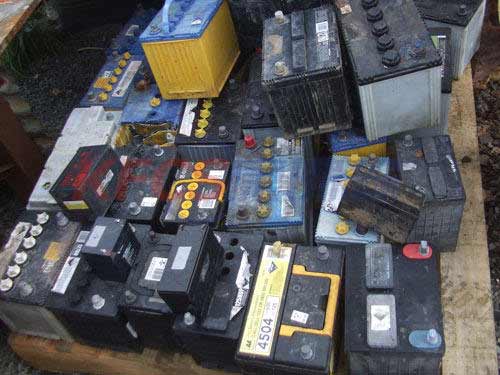
The chemically treated negative electrode powder is smelted for the first time in a non consumable electric arc furnace. After polishing the obtained alloy ingot and removing surface impurities, analyze the content of each element. The results show that the element content in the alloy deviates from the original alloy, and the nickel content is much greater than that in the original alloy powder. This is because nickel powder is added as a conductive agent in the process of making electrode, so as to make effective use of it and take it as the benchmark, Adjust the content of other elements to meet the composition of mmni3 5Co0. 7Mn0. 4Al0. 3 and carry out the second smelting. After smelting, the obtained alloy ingot is broken and ground. After grinding, its structure is CaCu5 type, and no other impurities are generated.
Through the charge discharge performance test of the recovered alloy powder, it can be seen that the discharge capacity of the recovered alloy powder is about 100mah · g-1 higher than that of the failed negative electrode powder, which is basically the same as that of the original alloy powder, and the discharge platform pressure of the recovered alloy powder is about 20mV higher than that of the original alloy powder, which may be due to several melting in the process of alloy recovery, The reason why the composition and microstructure of the alloy have been improved.
About News
- What are the advantages of all vanadium redox flow battery energy storage technology?
- Energy storage operation and maintenance solutions
- Global lithium battery recycling
- Swedish new research is committed to improving EV battery recycling process
- Scientists develop ultrathin supercapacitors that retain strength after bending
- All-Vanadium Redox Flow Battery Energy Storage
- Lithium iron phosphate battery will become the mainstream of power battery market
- Advantages of all-vanadium redox flow batteries
- South African grid operator Eskom plans to deploy 199MW/832MWh battery energy storage project
- An overview of all vanadium redox flow batteries
Products


